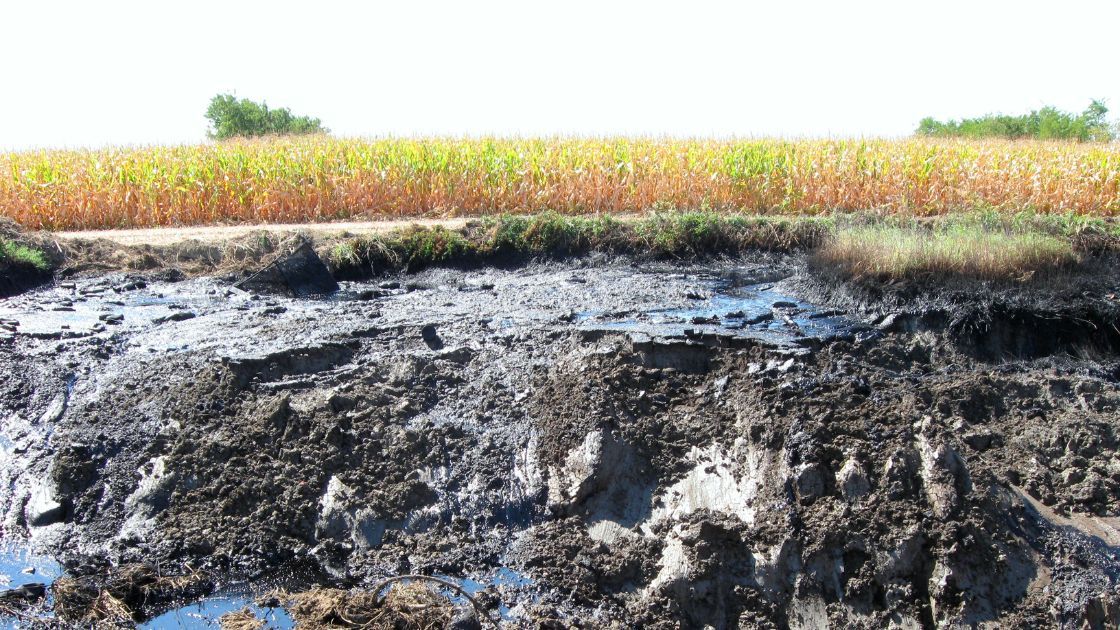The Delaware Hazardous Substance Cleanup Act (HSCA): DE HSCA Environmental Standards & Regulations
The Delaware Hazardous Substance Cleanup Act (DE HSCA Environmental Standards) environmental standards for risk assessment, clean-up, and remediation planning for polluted sites are determined by the DNREC Division of Waste and Hazardous Substances.
These standards enable DNREC to oversee the clean-up of facilities where hazardous substances are released. It allows DNREC to deal with locations not remedied by the federal Superfund program. The Delaware General Assembly enacted this HSCA in July 1990. Around 700 sites in Delaware have been deemed as possible release sites for hazardous substances by DNREC.
DE HSCA Environmental Standards & Regulations
HSCA Screening Levels: Technical Evaluations
Following a Remedial Investigation, the baseline risk assessment considers the HSCA Screening Levels. The HSCA Screening Levels are conservative estimates based on background levels at uncontaminated areas and residential land use. The US EPA and the National Oceanic and Atmospheric Administration’s research and screening values established as part of the Delaware Surface Water Quality Standards are the primary sources of inspiration for the ecological component of the HSCA Screening Levels (NOAA).
According to the HSCA, clean-up standards must be based on site-specific risks. As a result, the clean-up standards for a site may differ from the HSCA Screening Levels in both degree and magnitude.

Figure: Environmental Standards – release of hazardous substances DE HSCA
Ecological Risk Assessment
The Ecological Screening Approach screens all sites for potential ecological issues. It includes different steps:
- Answering the Initial Ecological Assessment Screening Questions found in that methodology document
- If “yes” is the response to any of the four questions, then the sampling findings should be compared to the HSCA Screening Levels for ecological sediment, surface water, and surface soil, as appropriate.
- If any sampling results are over the HSCA Screening limits, one should consult the DNREC Remediation Division to consider further assessing ecological risk.
Human Health Risk Assessment
This assessment aims to examine the nature and extent of contamination and provide the analytical data required to carry out a preliminary risk assessment for human health.
This assessment focuses on the importance of planning for the risk assessment in addition to the Remedial Investigation Sampling and Analysis Plan (SAP). Also, the Conceptual Site Model (CSM) must include the textual scope of the risk assessment, which should cover exposure units, exposure pathways, receptors, exposure factors, data requirements, and any software used to calculate risks or develop fate and transport models.
Generally, the exposure point determination can be carried out by using EPA’s statistical software program Pro UCL.
It is recommended to use the risk calculator accessible through the Delaware Risk Assessment Calculator for the human health risk calculation (DE RAC).
Clean-up-Standard
The quantitative clean-up targets must be based on cumulative cancer and non-cancer hazards of 1E-5 or a hazard index of one (1), respectively. However, goals for clean-up must take ecological and environmental impacts into account.
Division of Waste and Hazardous Substances (DNREC DWH)
The Division of Waste and Hazardous Substances (DNREC DWH) is a state agency in Delaware, USA, managing hazardous waste and promoting proper solid waste disposal. The DNREC DWH protects public health and the environment by enforcing state and federal regulations governing hazardous waste handling, storage, transportation, and disposal.
The division oversees various programmes and services, including managing hazardous waste sites, regulating hazardous waste storage and disposal, managing waste reduction and recycling programmes, and promoting clean technologies to reduce waste.
The DNREC DWH offers a variety of programmes and services, including the Hazardous Waste Management Program, the Solid Waste Program, the Brownfields Program, and the Underground Storage Tank Program. These programmes contribute to the safe and responsible handling and disposal of hazardous waste and the protection of the environment and public health from the hazards posed by hazardous waste.
US Environmental Guidelines and Standards
What is Environmental Remedial Investigation?
An environmental remedial investigation (RI) is collecting and analysing data to determine the extent and nature of contamination at a specific site and to develop a plan for that site’s cleanup or remediation. An RI’s goal is to determine the nature and extent of the contamination and the best way to protect public health and the environment.
A comprehensive site assessment includes reviewing available information, interviews with property owners and operators, and collecting soil, groundwater, surface water, and air samples for laboratory analysis. The data collected is then analysed to determine the nature and extent of the contamination, including the types of contaminants, their concentrations, and the potential risks to human health and the environment.
Following the analysis of the data, a remediation plan is created that outlines the steps that will be taken to clean up the contamination. The plan will typically include the following:
- A description of the remedial technology or technologies that will be used.
- A timeline for the cleanup process.
- A cost estimate for the remediation.
Overall, the environmental remedial investigation is essential for ensuring that contaminated sites are cleaned up properly while protecting the environment and public health.
What is the federal Superfund program?
The federal Superfund program, also known as the Comprehensive Environmental Response, Compensation, and Liability Act (CERCLA), was created in 1980 to clean up and remediate abandoned or uncontrolled hazardous waste sites in the United States.
The Superfund program is managed by the Environmental Protection Agency (EPA). It provides funds to clean up contaminated sites where no responsible party can be identified, or responsible parties cannot afford to pay for the cleanup. The program is funded by taxes on petroleum and chemical industries and fines and penalties assessed against parties responsible for hazardous waste releases.
The Superfund program focuses on identifying and assessing hazardous waste sites, determining the extent of the contamination, and developing and implementing remediation plans to clean up the area. The program also aims to prevent future contamination by enforcing environmental laws and regulations and promoting environmentally sustainable practices.
The Superfund program has been instrumental in cleaning up thousands of contaminated sites across the United States, protecting public health and the environment from the risks posed by hazardous waste. However, the program has faced criticism for its slow pace of cleanup and for its reliance on taxpayer funds to pay for cleanups. Nonetheless, it remains a critical tool for addressing hazardous waste contamination and protecting public health and the environment.
Related articles on Waste and Hazardous Substances
Environmental Data Management for Large-scale Contaminated Soil Investigations
How can an environmental data management solution help your business?
What is an environmental data management specialist?
Using Environmental Data Management in Groundwater Contamination
What are US environmental standards?






